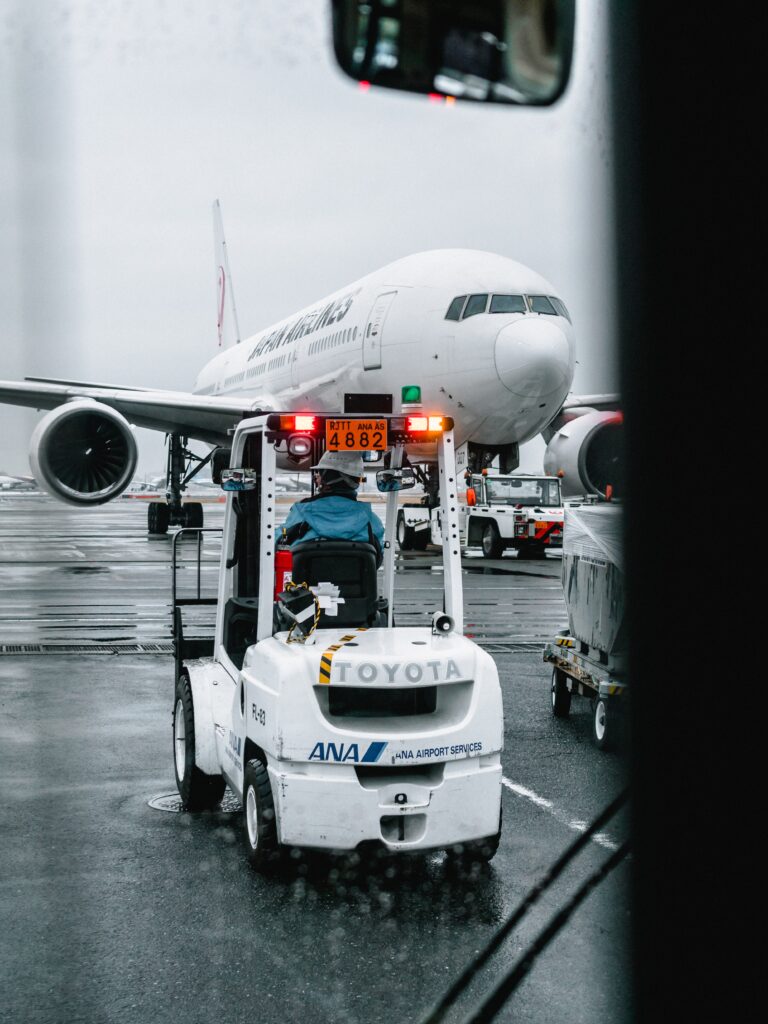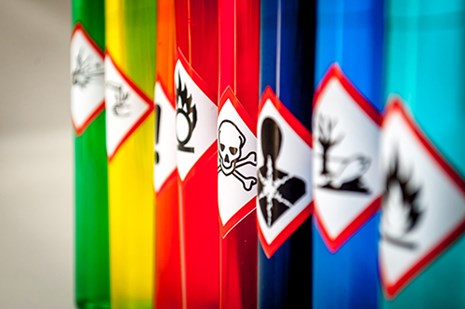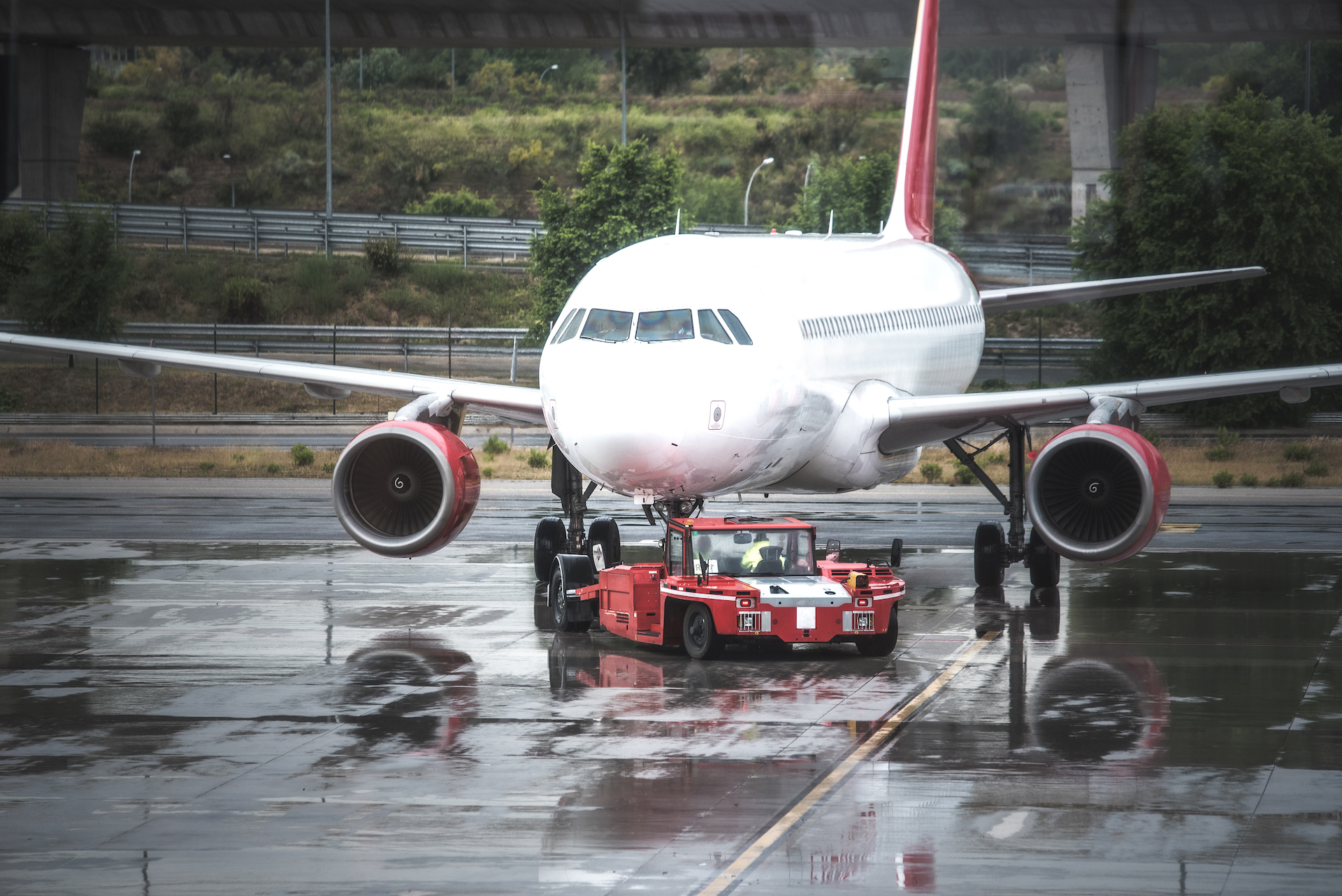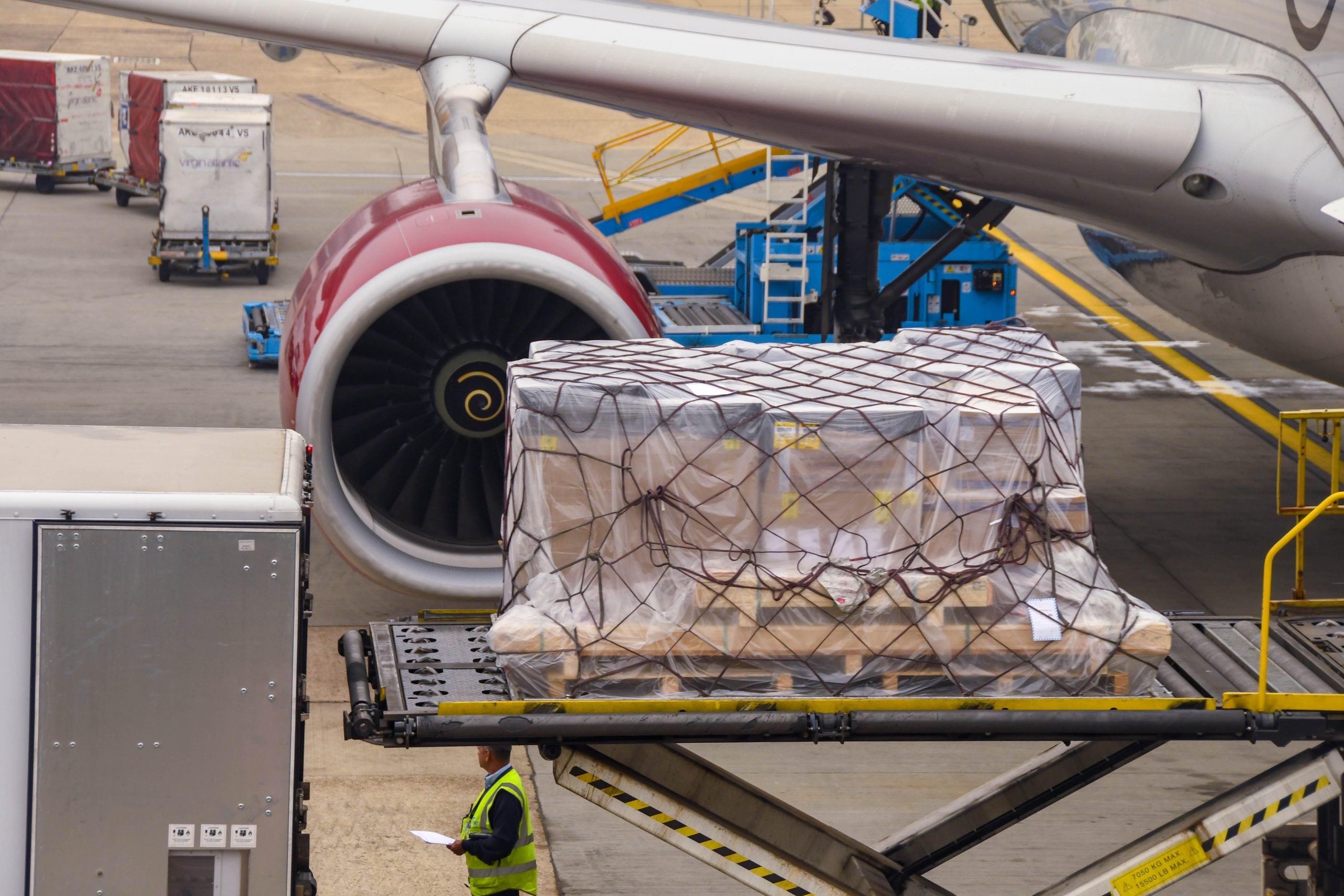
Introduction
Dangerous Goods Training Requirements and transporting dangerous goods by air are complex processes that requires strict adherence to international and national regulations to ensure the safety of all involved. In the UK, the transport of dangerous goods by air is regulated by the International Air Transport Association (IATA) and the Civil Aviation Authority (CAA), and anyone involved in this process must receive appropriate training to comply with these regulations.
The IATA Dangerous Goods Regulations (DGR) and the CAA’s Technical Instructions for the Safe Transport of Dangerous Goods by Air specify the training requirements for anyone involved in the transport of dangerous goods by air. These regulations cover topics such as classification, identification, packing, marking, labeling, documentation, handling, loading, and emergency response procedures.
The training must be based on the IATA/ICAO Dangerous Goods Regulations and Dangerous Goods Training Requirements, which provide a globally harmonized approach to the transport of dangerous goods by air.
Regulations and Standards
- Overview of the IATA Dangerous Goods Regulations and the CAA’s Technical Instructions for the Safe Transport of Dangerous Goods by Air
- Explanation of the training requirements specified in these regulations
- Description of the topics covered in the training
- Emphasis on the importance of the training being based on the IATA/ICAO Dangerous Goods Regulations
- Dangerous Goods Training Requirements in the UK
The training must be provided by a qualified instructor and must include both theoretical and practical components. The frequency of training required depends on the individual’s job function and level of involvement in the transport of dangerous goods. For example, personnel directly involved in the packing, marking, labeling, or documentation of dangerous goods must receive training every two years, while other personnel may only require training every three years.
It is important to note that training requirements also depend on the mode of transport used. For example, the training requirements for transporting dangerous goods by sea or road may differ from those for air transport. Therefore, it is crucial to understand the specific training requirements for each mode of transport.
Description of the topics covered in DGR training by air :
- Dangerous Goods Training Requirements: An overview of the relevant regulations and legal requirements, including the IATA Dangerous Goods Regulations and the CAA’s Technical Instructions for the Safe Transport of Dangerous Goods by Air.
- Classification of dangerous goods: The classification of dangerous goods according to their physical and chemical properties, including the nine hazard classes and the packing group system.
- Packaging requirements: The requirements for packaging dangerous goods, including the selection of appropriate packaging, the use of inner and outer packaging, and the proper labeling and marking of packages.
- Documentation: The proper documentation of dangerous goods shipments, including the completion of the Shipper’s Declaration for Dangerous Goods and other required documents.
- Loading and segregation: The proper loading and segregation of dangerous goods, including the separation of incompatible dangerous goods and the requirements for loading and securing dangerous goods on aircraft.
- Emergency procedures: The procedures to follow in the event of an emergency, including the reporting of incidents and accidents, the use of emergency equipment, and the handling of dangerous goods spills or leaks.
- Security: The security requirements for the transport of dangerous goods by air, including the screening of cargo and the identification and handling of suspicious packages.
The DGR training for transport by air must be based on the IATA/ICAO Dangerous Goods Regulations and must be provided by a qualified instructor. The training must include both theoretical and practical components, and personnel must be retrained every two years to ensure they are up to date with the latest regulations and procedures.
Who Should Complete the Training?
The DGR training is required for any personnel involved in the transport of dangerous goods by air. This includes employees of companies involved in the transport of dangerous goods, contractors, and self-employed individuals.
The specific personnel who require training will depend on their job function and level of involvement in the transport of dangerous goods. Personnel who directly handle dangerous goods, such as those involved in the packing, marking, labeling, or documentation of dangerous goods, require training at a higher level than those who do not handle the goods directly.
The Dangerous Goods Training Requirements also vary depending on the mode of transport. For example, personnel involved in the transport of dangerous goods by air will have different training requirements than those involved in the transport of dangerous goods by road or sea.
In general, all personnel involved in the transport of dangerous goods by air should receive DGR training.
This includes employees in the following roles:
- Shippers, packers, and cargo handlers
- Freight forwarders and consolidators
- Ground handling staff and airport operators
- Airline operators and their flight crew
- Security staff responsible for screening cargo and passengers
- Regulatory authorities responsible for enforcing the regulations
It is important to note that the DGR training must be provided by a qualified instructor and must be completed every two years to ensure that personnel are up to date with the latest regulations and procedures.
Competency-Based Training Assessment approach:
The Competency-Based Training Assessment (CBTA) approach is a training method that focuses on assessing a trainee’s competence in performing a particular task or job function. Rather than relying on traditional methods of training, such as lectures and written tests, the CBTA approach emphasizes hands-on training and practical assessments.
The CBTA approach involves breaking down a job function into smaller tasks or competencies, and then assessing the trainee’s ability to perform each task. Trainees receive training and feedback on each competency until they have demonstrated competence in all areas.
For example, in the context of DGR training, the CBTA approach might involve breaking down the packing and labeling of dangerous goods into smaller competencies, such as selecting the appropriate packaging, preparing the packaging for shipment, and properly labeling the package. Trainees would then receive hands-on training and practical assessments on each of these competencies until they are able to perform the task competently.
The CBTA approach is particularly effective for training personnel in the transport of dangerous goods, as it emphasizes practical knowledge and skills over theoretical knowledge. This approach ensures that personnel are able to perform their job functions safely and effectively, reducing the risk of accidents and incidents involving dangerous goods.
In summary, the CBTA approach is a training method that focuses on assessing a trainee’s competence in performing a particular task or job function through hands-on training and practical assessments. This approach is particularly effective for training personnel in the transport of dangerous goods, as it emphasizes practical knowledge and skills over theoretical knowledge.
Conclusion
In conclusion, the dangerous goods training requirements and the transport of dangerous goods by air in the UK requires strict adherence to international and national regulations. Anyone involved in this process must receive appropriate training based on the IATA/ICAO Dangerous Goods Regulations, provided by a qualified instructor, and meet the frequency requirements set out in the regulations. This training is essential to ensure the safety of all involved and to prevent accidents or incidents during the transport of dangerous goods by air.
FAQ
Q: What are the consequences of failing to comply with the training requirements?
A: Failure to comply with the training requirements can result in serious consequences, including fines, imprisonment, and damage to reputation.
Q: How often should personnel directly involved in the packing, marking, labeling, or documentation of dangerous goods receive training?
A: Personnel directly involved in the packing, marking, labeling, or documentation of dangerous goods must receive training every two years.
Q: Is the training only required for employees of companies involved in the transport of dangerous goods by air or does it also apply to contractors or self-employed individuals?
A: The training applies to anyone involved in the transport of dangerous goods by air, including employees, contractors, and self-employed individuals.
Q: Are there any specific qualifications required to become a qualified instructor for the dangerous goods training?
A: Yes, there are specific qualifications required to become a qualified instructor for the dangerous goods training. The instructor must have knowledge of the regulations and the ability to provide effective training. They must also hold a certificate of competency issued by the CAA or another appropriate authority.
Q: Can the training be completed online or does it have to be in person?
A: The training can be completed online or in person, as long as it meets the requirements set out in the IATA Dangerous Goods Regulations and the CAA’s Technical Instructions for the Safe Transport of Dangerous Goods by Air. The training must be provided by a qualified instructor and must include both theoretical and practical components.
Learn more
Some institutional links for dangerous goods training requirements in UK:
- Civil Aviation Authority (CAA) – The CAA is the UK’s aviation regulator and provides guidance on dangerous goods training requirements for air transport. Their website includes information on regulations, standards, and training requirements: https://www.caa.co.uk/Commercial-industry/Airports/Safety/Dangerous-goods/
- International Air Transport Association (IATA) – The IATA Dangerous Goods Regulations provide a globally recognized standard for the transport of dangerous goods by air. The regulations include training requirements for personnel involved in the transport of dangerous goods: https://www.iata.org/en/programs/cargo/dgr/
- Health and Safety Executive (HSE) – The HSE is the UK’s national regulator for workplace health and safety. They provide guidance on the safe transport of dangerous goods by road, rail, sea, and air: https://www.hse.gov.uk/dangerous-goods/air.htm
- Department for Transport (DfT) – The DfT is responsible for ensuring the safe and efficient transport of people and goods in the UK. Their website includes information on dangerous goods regulations and training requirements for transport by air: https://www.gov.uk/guidance/dangerous-goods-safety-adviser-dgsa-certification
These institutional links provide valuable information on the regulations, standards, and training requirements for the safe transport of dangerous goods by air in the UK.






